Our first stop of the morning was at Caherconnell Stone Fort and sheep dog demonstrations. The morning dawned dry but chilly, and we set off to see sheepdogs working. They were quite amazing. Though the handler told us that Lee, who was more interested in working sheep, was a much better dog under the circumstances, than Lyn, who was more interested in cattle. We could see it in that Lee would stay focused on the sheep even when she wasn’t specifically being told to- and boy didn’t the sheep know it! They fairly leapt to do whatever the dogs wanted. Lyn on the other hand was quite bored and looked to the handler whenever she wasn’t being told to do something.
There were two other dogs- Rosie, who was still in training and quite excited when she was finally allowed to do something. And the last dog was Sally, who was ‘what we call retired, being that she’s nineteen and a half years old’. She came over to check out the tourists - possibly to determine if we needed herding- but otherwise just hung out and relaxed. As well she should- that’s an amazing age for a large dog.
It must be said that the sheep, who are herded several times a day for the edification of tourists, have long since grasped their roles and generally leap to do the bidding of the dogs. At a series of whistles and shouted commands, the dogs deftly herded the sheep around the field, through a gate, and back into the center, where they held them in a tight grouping.
The handler was dryly humorous and the training of the dogs extremely impressive. From there it was only a short stroll up to the fort.
The fort dates back to the 10th-12th century, and while the site was considered very interesting, due to the number of sites in Ireland, and lack of funding, they couldn't finance an excavation. So some creative and ingenious archaeologists started an archaeology field school- in partnership with the National University of Ireland, they run the excavation with students from all over the world coming to learn excavation technique (and paying for it)--and not incidentally excavate a fascinating site that was occupied for centuries. Successive generations put down layers of stone flooring over the centuries, so as each layer is removed, ever older strata are exposed.
After the fort, we went up to the Burren, and viewed the alien looking karst pavement.
And the neolithic portal tomb of Poulnabrone Dolmen, one of the most photographed sites in Ireland (as you can see, I did nothing to change this dynamic.
Although the broad sweep of the landscape was stark, in the finer details, it bloomed with life and beauty. Numerous varieties of wildflowers filled all the cracks and crevices.
After exploring the Burren, we headed back to the coast.
We had lunch in Doolin village, where we had caught the ferry to the islands the day before.
Among other things, Doolin is known as a bastion of traditional music, and in addition to eating, we checked out a music store and book store.
Then we headed out to our last stop of the day, the Cliffs of Moher. The day before we'd seen them from the sea, now we had the chance to see them from the land side.
The visitor's center is striking for being built into the side of the hill, in such a way as to minimize the disruption of the natural landscape. And the outdoor constructions make striking use of local materials. The limestone pavement and steps are simply chock full of fossils.
Aside from the majesty of the cliffs, the thing that most struck us was the cavalier, even reckless disregard for their safety observed by the general run of the tourists. In this picture, the safe, recommended trail runs just inside the barbed wire fence that separates the cliffs from the fields at the right edge of the photo. As you can see, the vast majority of foot traffic has completely ignored it. And if it's not obvious? The cliff edge was crumbly and rather obviously unstable. We stayed well away from it.
But we saw tourists standing on the edge of the cliff, backs to the view, jockeying for position as they took selfies. We saw people climbing over the edge of the cliff on to ledges in search of the perfect picture. We did not see anyone plummet to their deaths, but we felt that it was surely only a matter of time. We did note that there was effort being made to intercept deliberate jumpers:
After the cliffs, we clambered back onto the coach for the last ride of the trip, back to the hotel in Shannon. We had a lovely musical evening with Donal Clancy, our tour leader's cousin, coming in to perform, and most of us said our goodbyes then, though we would see a few people the next day at breakfast.
Though many of our tour mates were headed straight out on a flight, JT and I still had two days left of our travels and were furiously researching options for our final days of sightseeing.


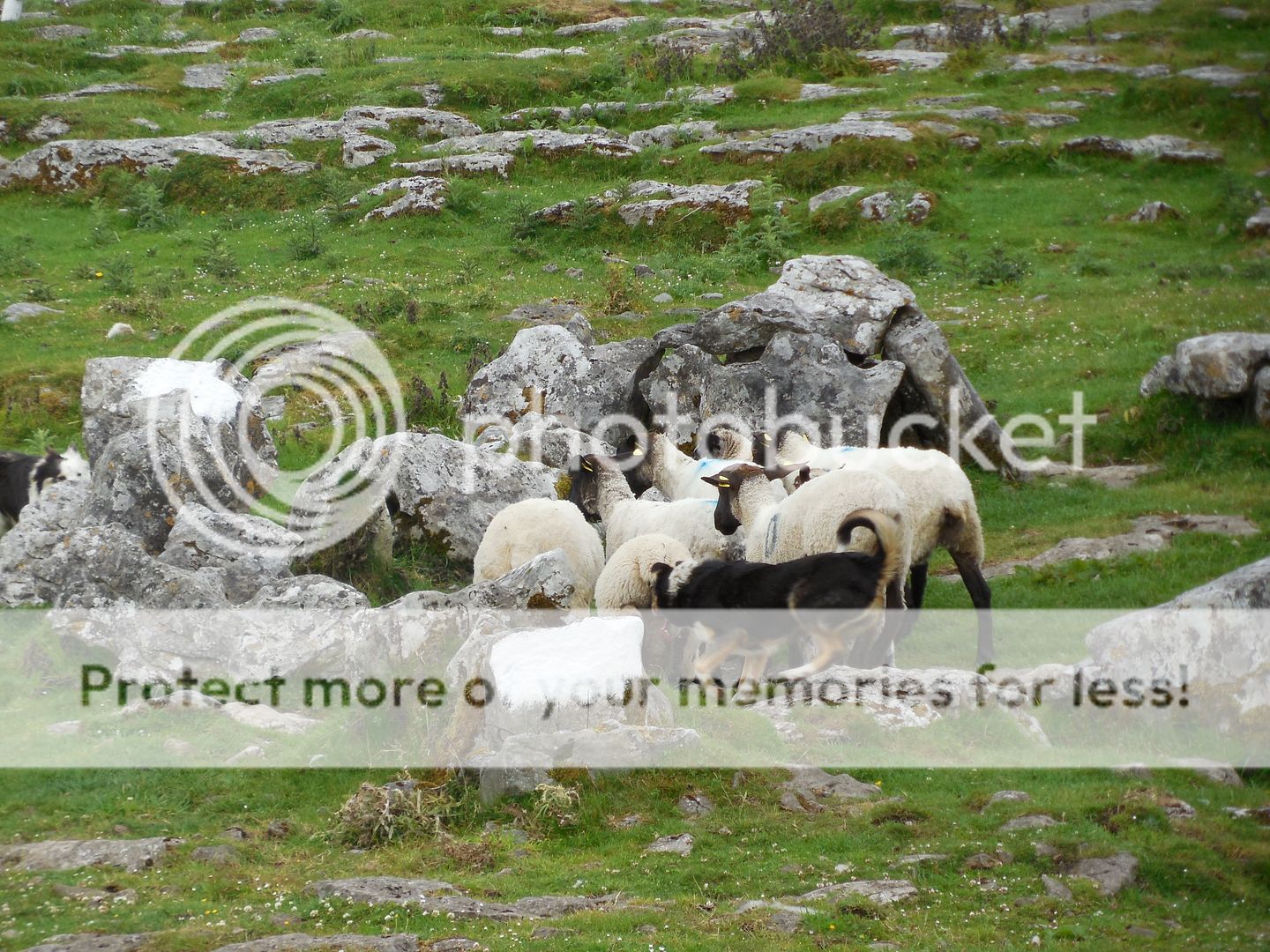
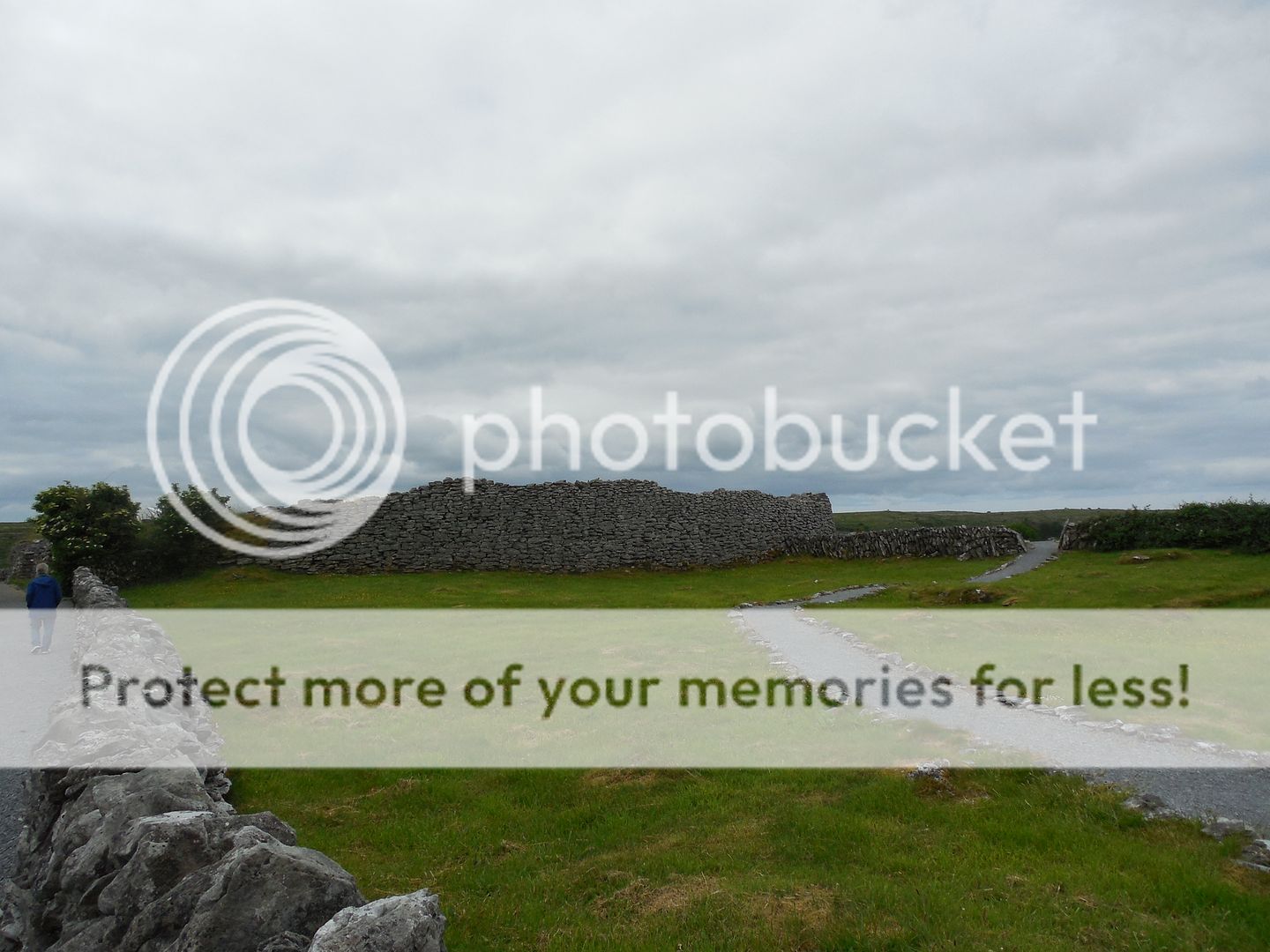
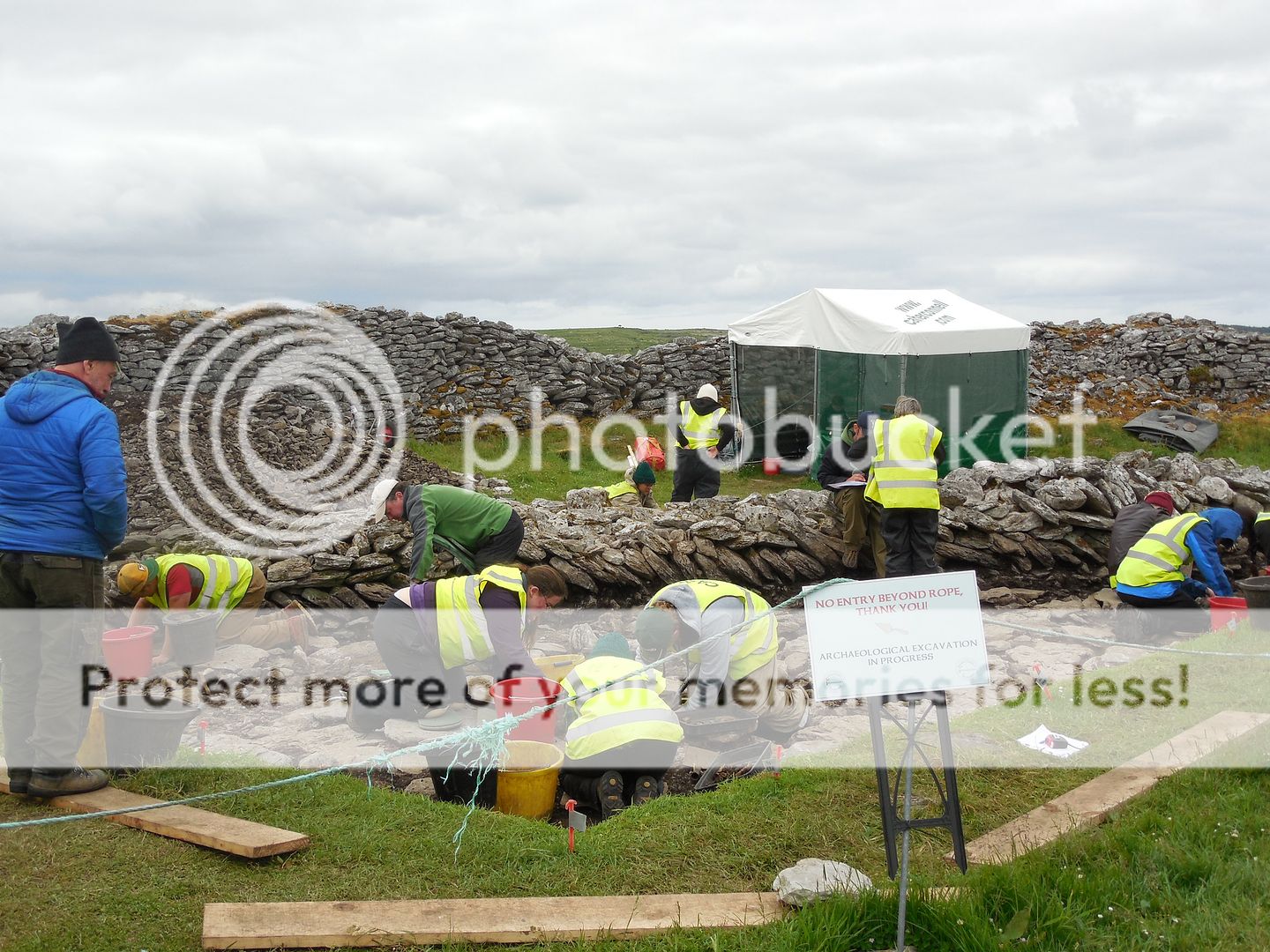
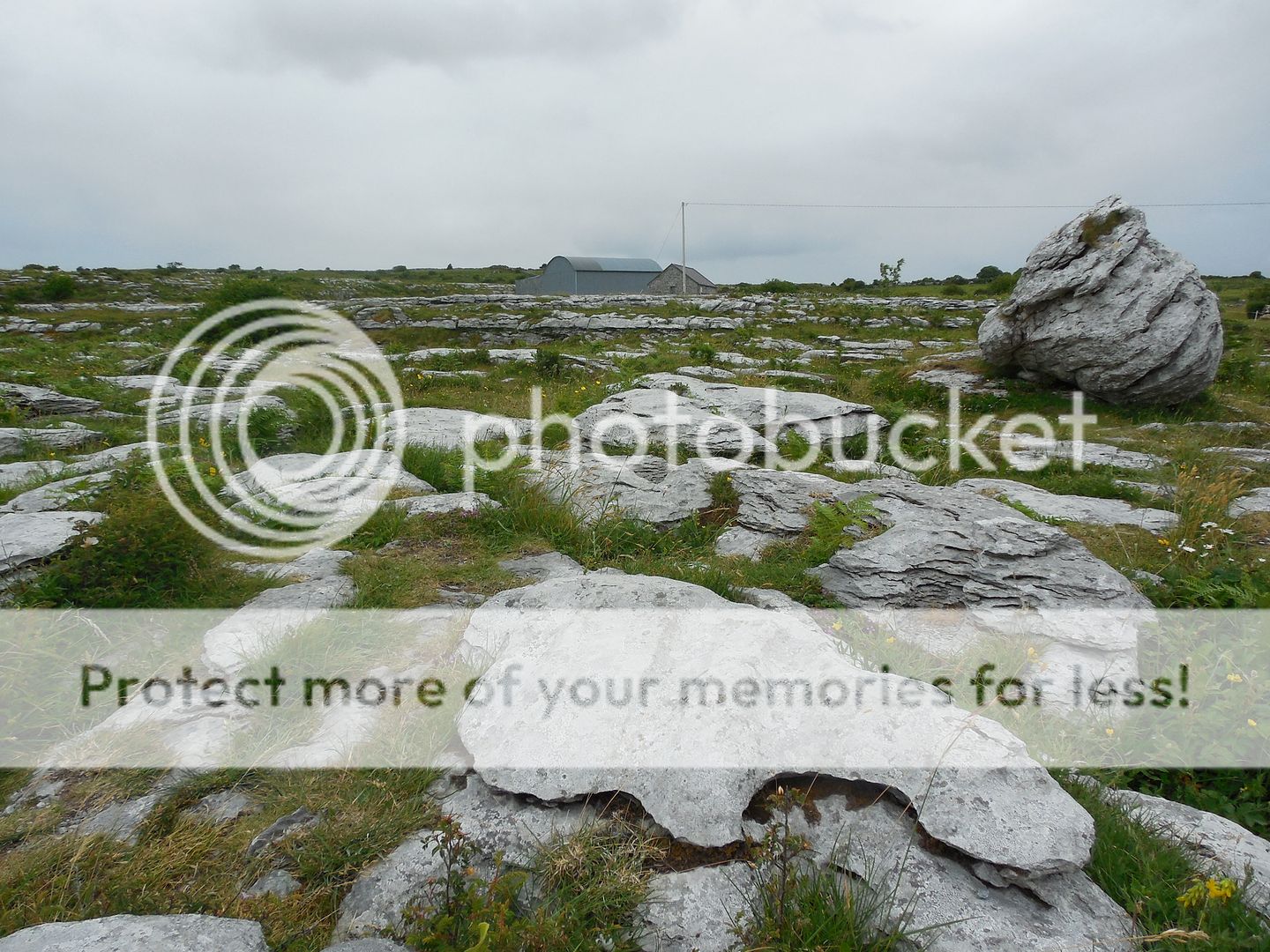
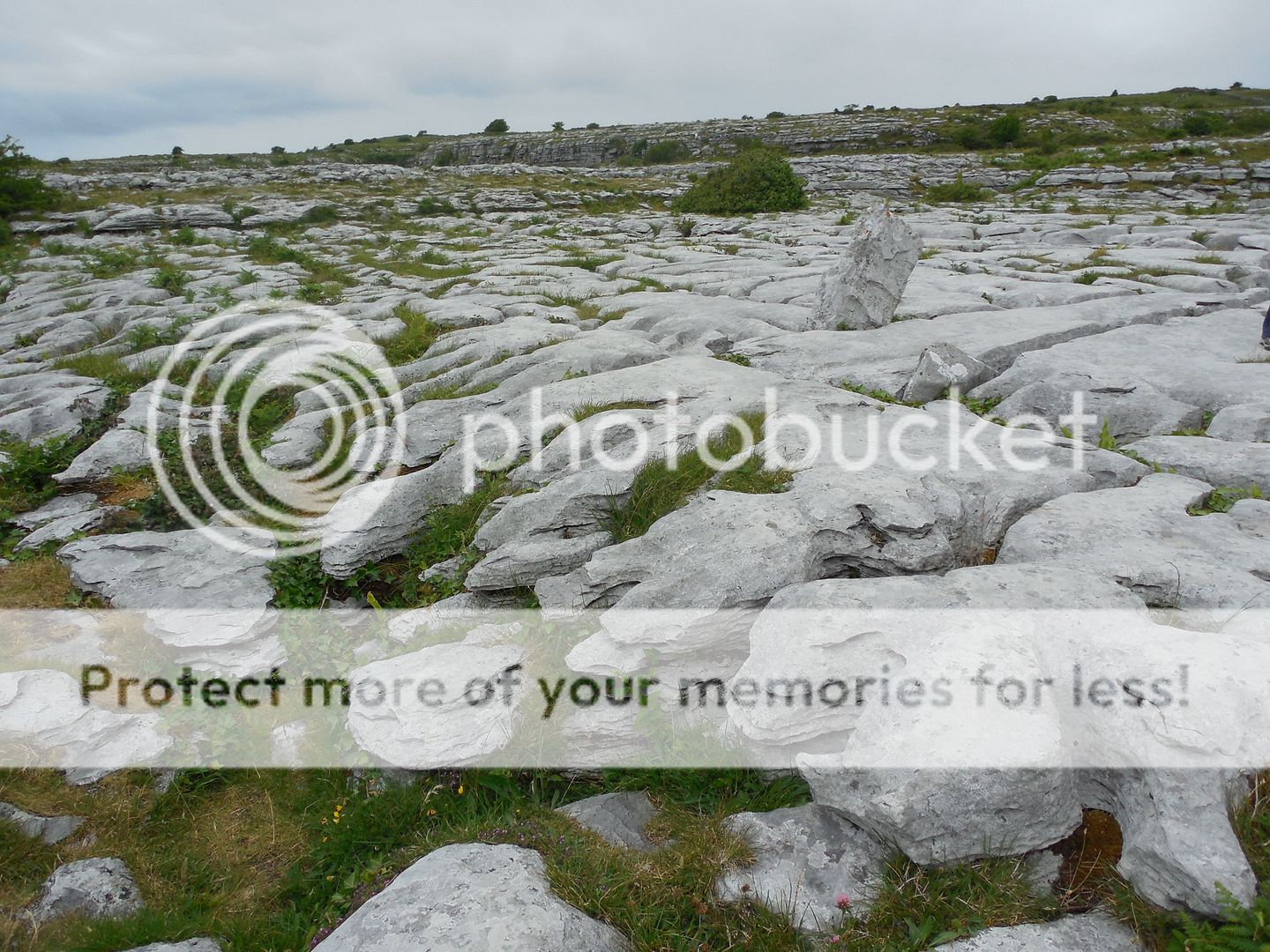
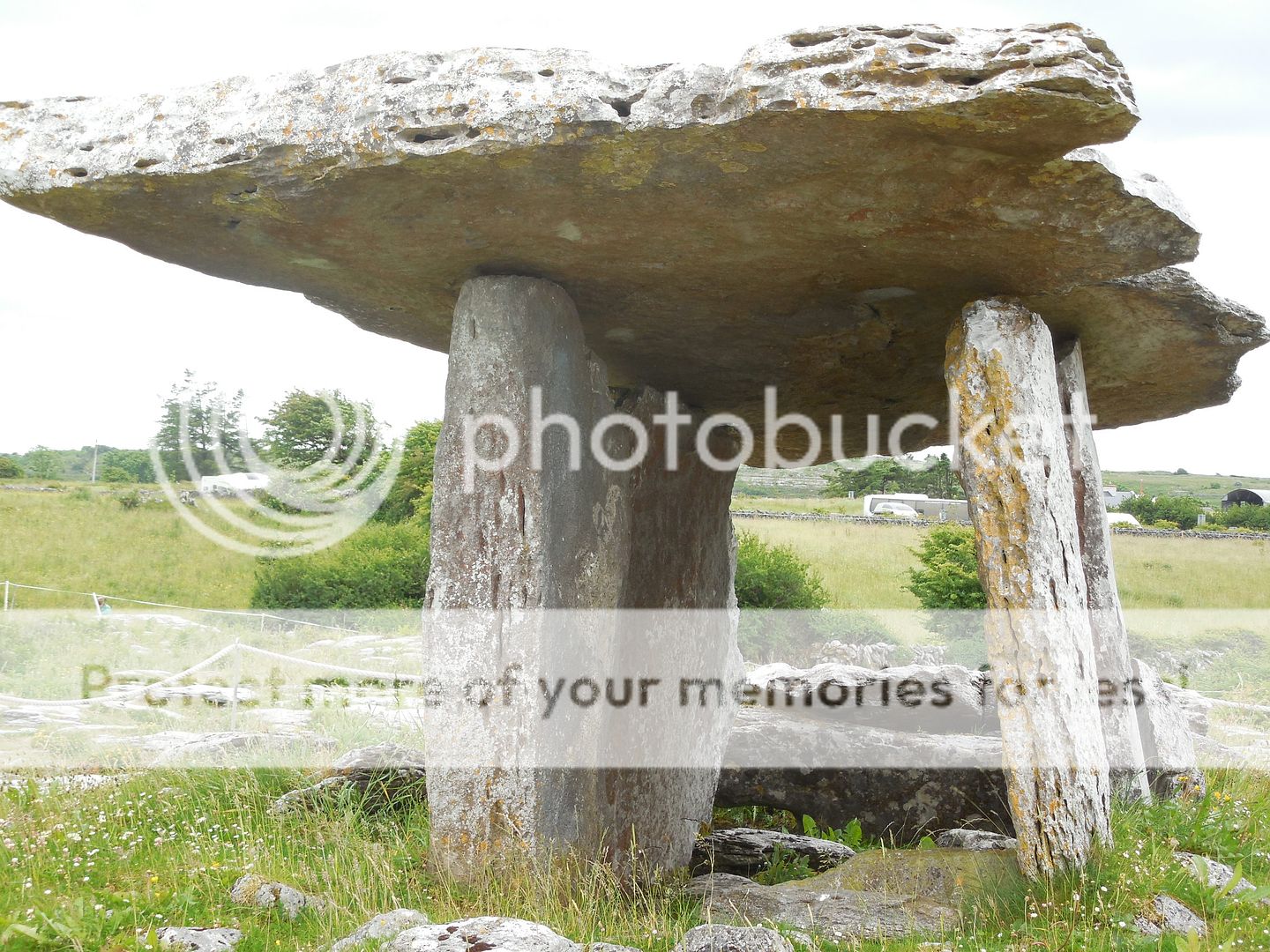

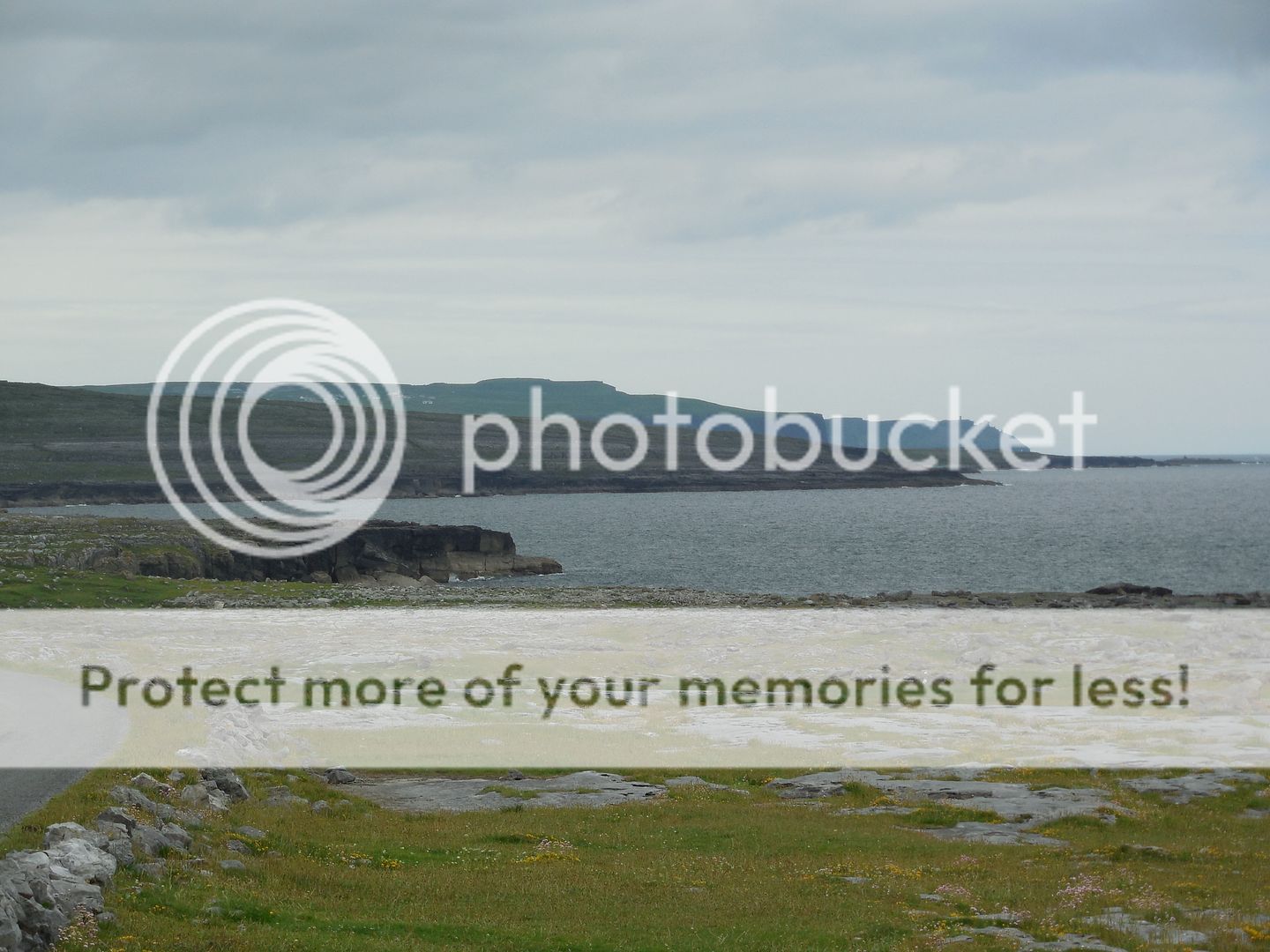
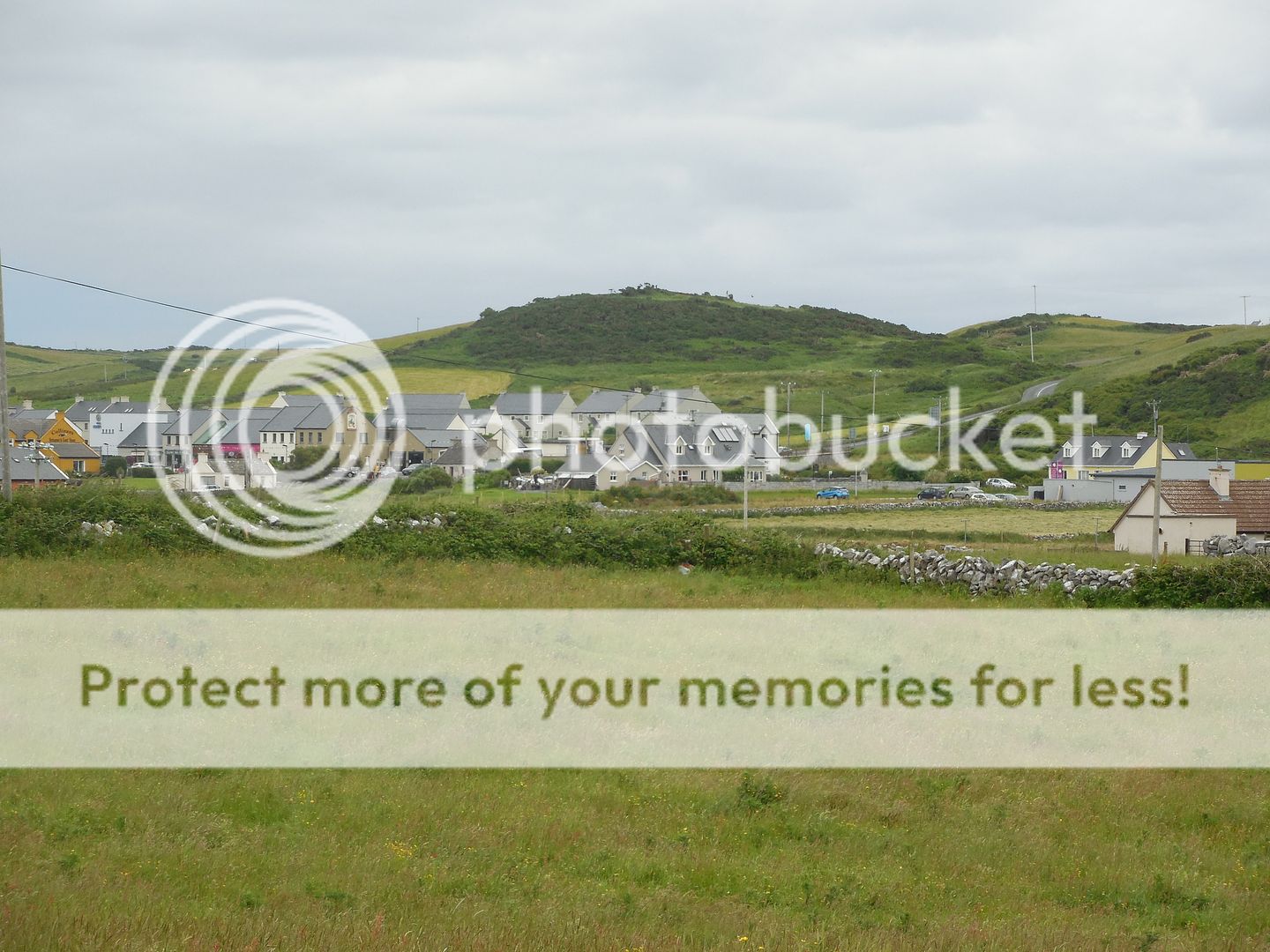
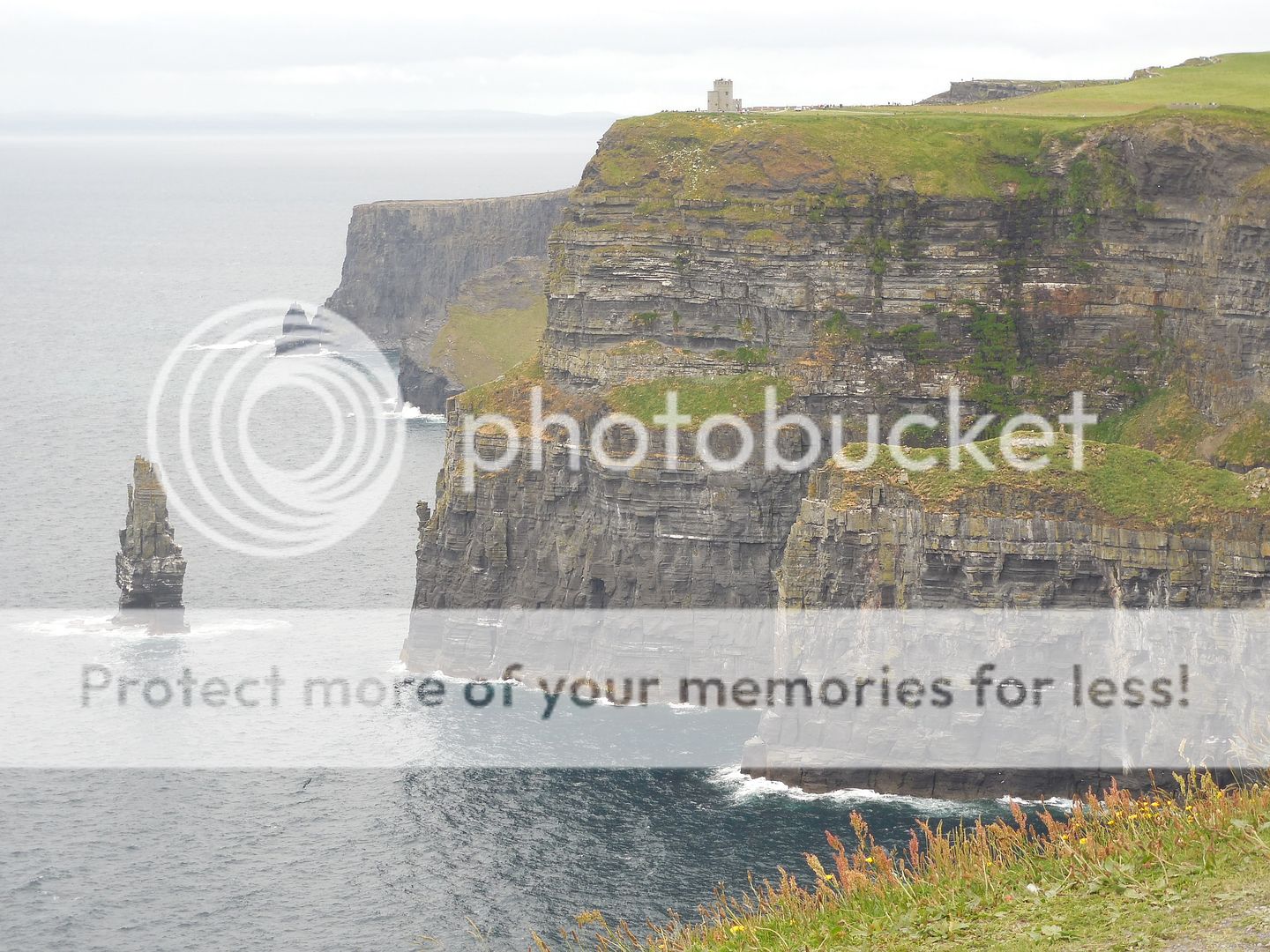
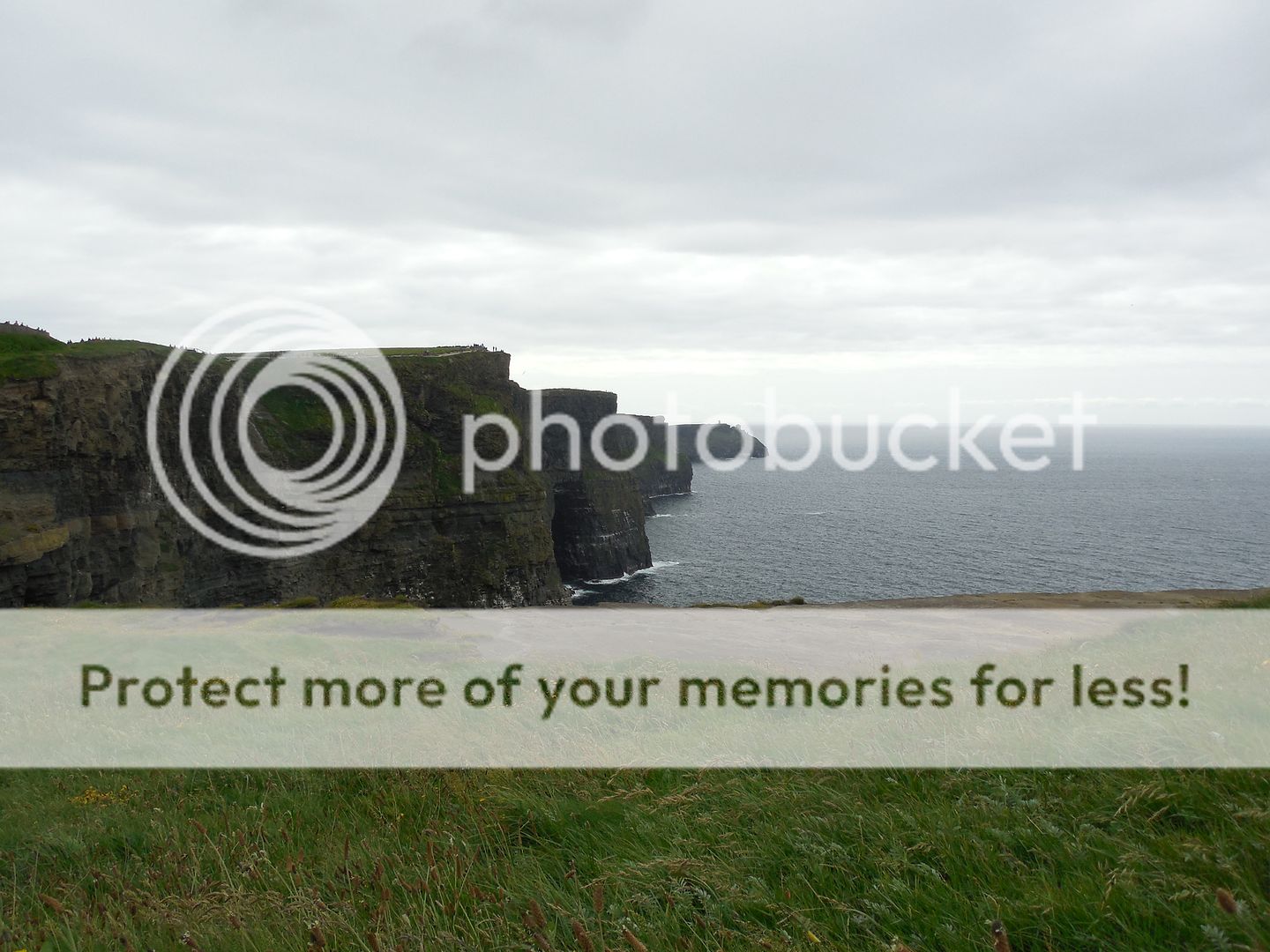

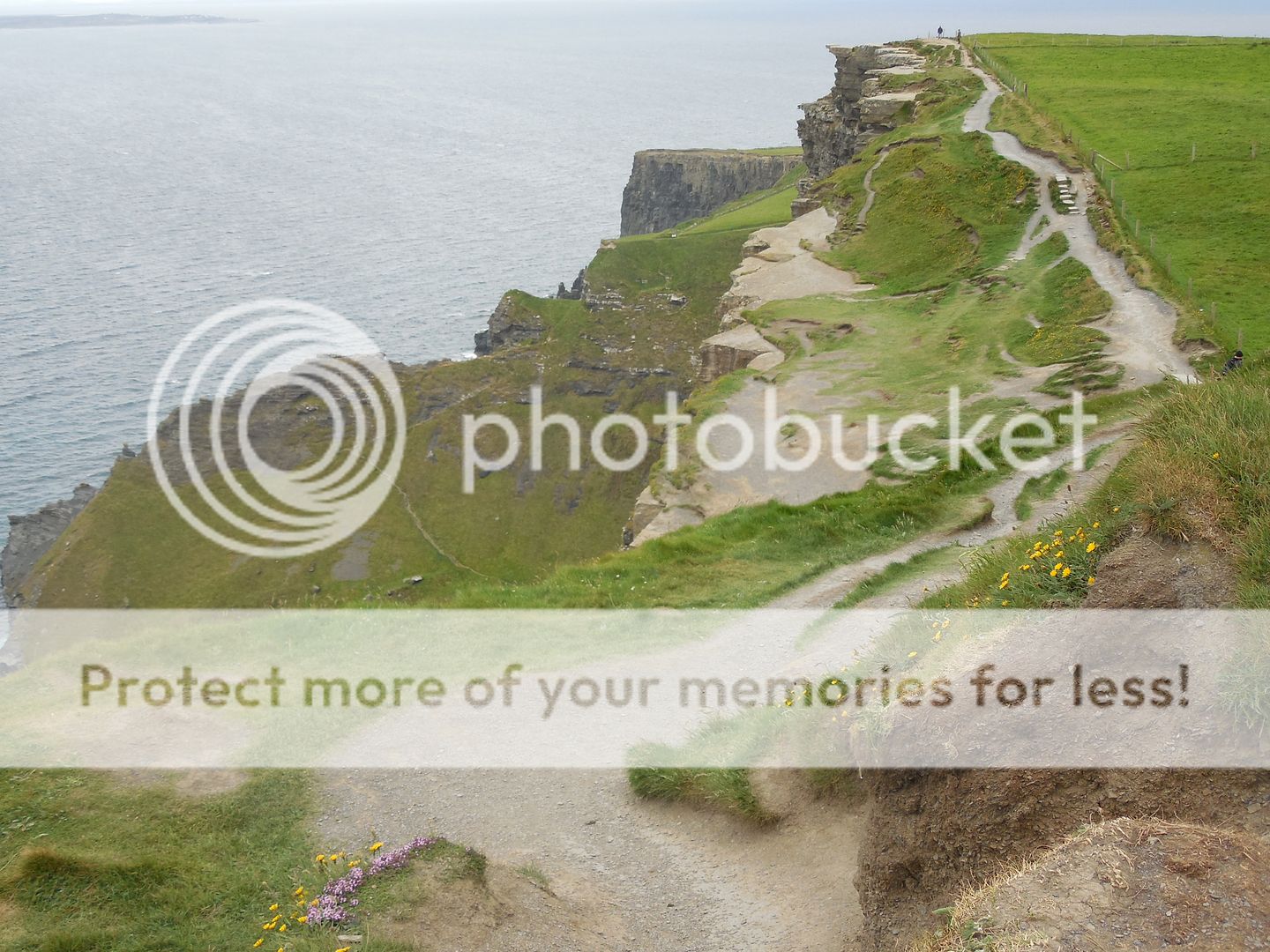
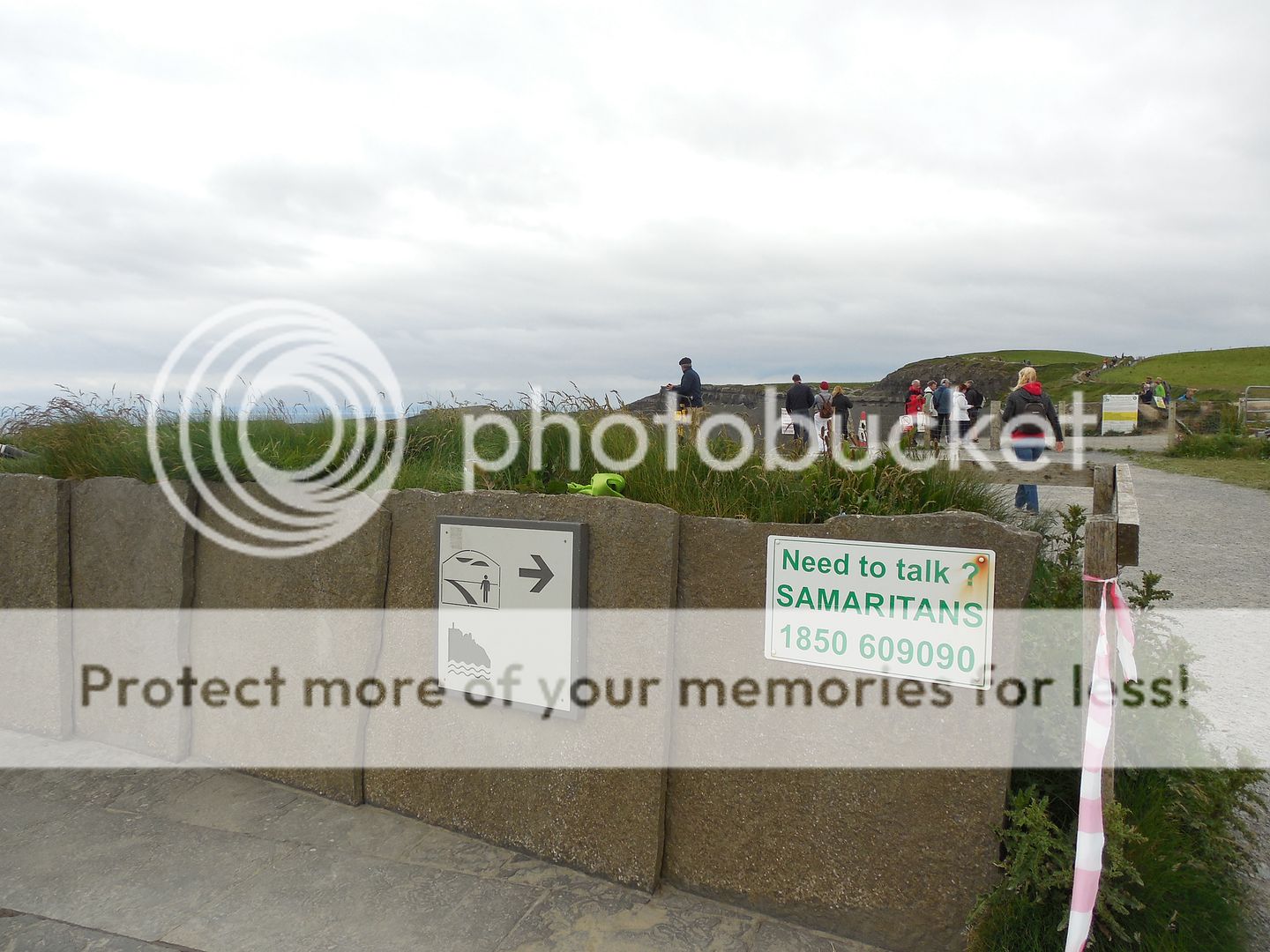
Beautiful photos.
ReplyDeleteI don't understand WHY people feel they have to disregard safety to get a photo. We saw the same type of thing at Tallulah Gorge in Georgia. Thankfully, no one fell our day there, but less than a week later someone did and lost his life. :-(
Those cliffs are amazing!
ReplyDelete